Tran De Seaport: a new gateway for goods to and from Vietnam
The Mekong Delta region has an important strategic role and position in the development of the economy, culture, society, defense and security of the whole country. In recent times, the region's socioeconomic achievements have achieved comprehensive results, becoming a key agricultural region of the country with many key products, especially rice, shrimp, fish and fruits.
However, the country's "agricultural product basket" has not developed according to its potential. Transportation infrastructure is limited and lacking in uniformity and lacking linkages between different modes of transport. In particular, the scale and capacity of waterway transport remain low with no major ports or large logistics centres.
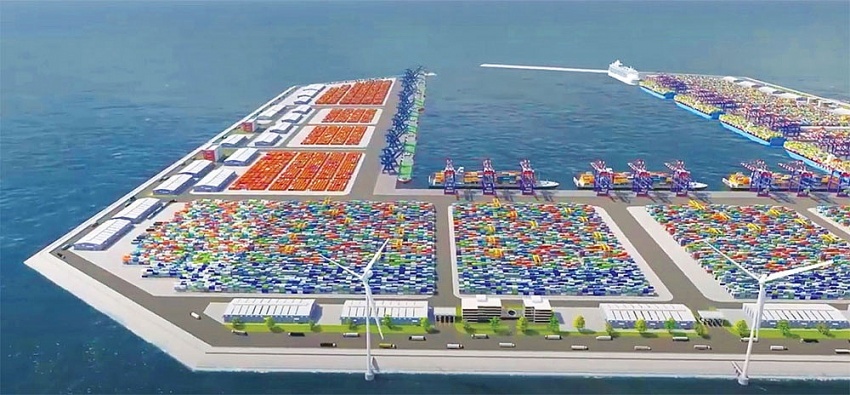 |
| Tran De Seaport is planned and invested as a gateway port to quickly transfer goods from the Mekong Delta to the world |
More than 70 per cent of the Mekong Delta's import and export goods must be transported by road to the Ho Chi Minh City port cluster. This has increased transportation costs and affected the quality of goods, and created pressure on road traffic.
For a long time, shipments have been focused on being transported from Soc Trang to Cat Lai and Cai Mep ports, for export. This route is long and has very high traffic density, taking time and creating high costs for businesses.
Therefore, investing in the construction of Tran De Seaport urgent to quickly remove bottlenecks and support operations for businesses, including reducing costs and risks, and increasing reliability with partners in goods delivery and further promoting the socioeconomic development of the entire region.
According to Le Tan Dat, deputy general director of Maritime Construction Consulting JSC, the development of Tran De Seaport will affect the movement of direct import and export goods volume of 8 out of 13 Mekong Delta cities and provinces. In addition, it will attract goods from other ports in the Mekong Delta region as well.
Focusing on key projects
Speaking at the “Tran De Seaport Investment” workshop held recently in Soc Trang, Chairman of Soc Trang People's Committee Tran Van Lau said that the central government has many policies and guidelines to focus investment resources on developing the Mekong Delta region, especially transport infrastructure.
Tran De Seaport will be developed into a special port and regional gateway as per a government resolution in April 2022.
On July 24, a decision was made, approving plans, policies, solutions and resources to implement the Master Plan for the development of Vietnam's seaport system. One of the tasks of developing maritime infrastructure was investment for the startup phase of Tran De Seaport area, with capital needs of up to VND50 trillion ($2.08 billion).
According to Lau, such policies are an important political and legal basis for making Tran De as a gateway port in the Mekong Delta region. This will help synchronise transport infrastructure, directly promoting the region's socioeconomic development.
Soc Trang People’s Committee is coordinating with the Ministry of Transport to urgently complete and submit plans for approval detail plans to call for investment in Tran De Seaport.
Special mechanisms to attract investment
Tran De Seaport is planned by Soc Trang People's Committee with a total expected investment until 2030 of more than $2.37 billion, the overall period until 2050 is nearly $6 billion.
This investment will be mainly invested for infrastrcuture facilities of bridges connecting onshore and offshore terminals and equipment, and constructions outside the port, including breakwaters, navigational channel systems, signaling, and connection routes from the end of Chau Doc - Can Tho - Soc Trang Expressway to Soc Trang to the sea.
The offshore port area is capable of receiving the largest container ships of up to 100,000 dead-weight tonnes and bulk cargo ships of up to 160,000 tonnes.
When put into operation, Tran De Seaport is forecast to be able to receive a total volume of goods of up to 41 million tonnes per year. At the same time, it helps reduce transportation costs by up to 50 per cent for exported agricultural products of the Mekong Delta.
|
Nguyen Anh Tuan, deputy general director of T&T Group, said that Tran De Seaport was the fastest gateway to bring Mekong Delta goods to the world, contributing to promoting the region's economy.
In Soc Trang, T&T Group is researching and investing in an urban industrial service zone with a total area of more than 1,300 hectares. To promote the investment in Tran De Seaport, Tuan proposed that the government consider and apply a special investment mechanism.
“Investing Tran De Seaport requires large investment capital, therefore, we propose the project lifespan should be 70 years so that investors can ensure stable revenue and long-term investment,” Tuan added.
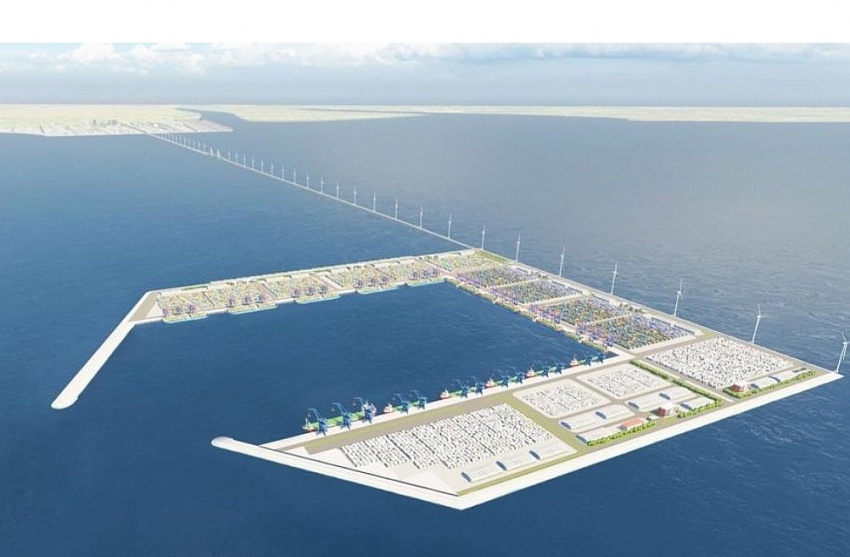 |
| When put into operation, Tran De Seaport is forecast to be able to receive a total volume of goods of up to 41 million tonnes per year |
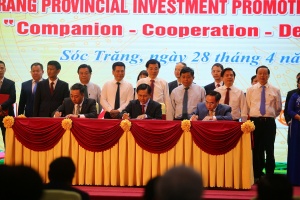 | Soc Trang lures over $8.7 billion in committed investment capital Soc Trang has recently granted investment certificates for four projects and signed 18 MoUs on investment study and surveys with the total registered capital of more than $8.7 billion. |
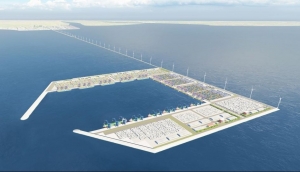 | Soc Trang seeks feasibility report on Tran De Seaport Soc Trang People’s Committee is proposing developing Tran De Seaport under a Public-Private Partnership (PPP) and, to promote the venture as an investment opportunity, is seeking the Ministry of Transport’s approval to use local budgetary funds to draft a feasibility report for its construction. |
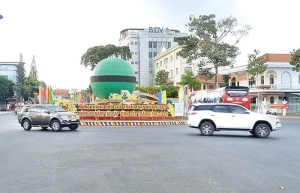 | Soc Trang takes on gateway mantle Soc Trang is making efforts to become a well-developed province in the Mekong Delta, with the modern and sustainable development of manufacturing, commerce, and services this decade. |
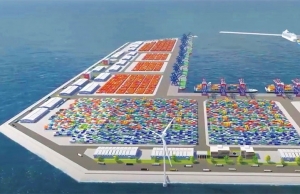 | Soc Trang lays out strategy for seaport’s special renovation The rejuvenation of Tran De Seaport will play an important role in the socioeconomic development of the entire Mekong Delta region, with a spillover effect on other industries. |
What the stars mean:
★ Poor ★ ★ Promising ★★★ Good ★★★★ Very good ★★★★★ Exceptional
Related Contents
Latest News
More News
- Vingroup pulls out of bid to invest in North-South high-speed railway (December 26, 2025 | 11:42)
- Strengthening supply chains through trade promotions and customs reform (December 24, 2025 | 14:00)
- PM orders investment model for North–South high-speed rail (December 22, 2025 | 17:43)
- LS Eco Energy to invest in Vietnam rare earth sector (December 22, 2025 | 17:31)
- Government moves to establish International Financial Centre (December 21, 2025 | 21:00)
- Vietnam's IFC to target global investment flows (December 21, 2025 | 18:00)
- Two national hospitals expand capacity with new facilities (December 20, 2025 | 09:00)
- Ha Tinh breaks ground on major Vingroup industrial and energy projects (December 19, 2025 | 18:24)
- EVN launches major power infrastructure projects nationwide (December 19, 2025 | 18:17)
- VAL inaugurates second production line to meet domestic animal feed demand (December 19, 2025 | 16:37)

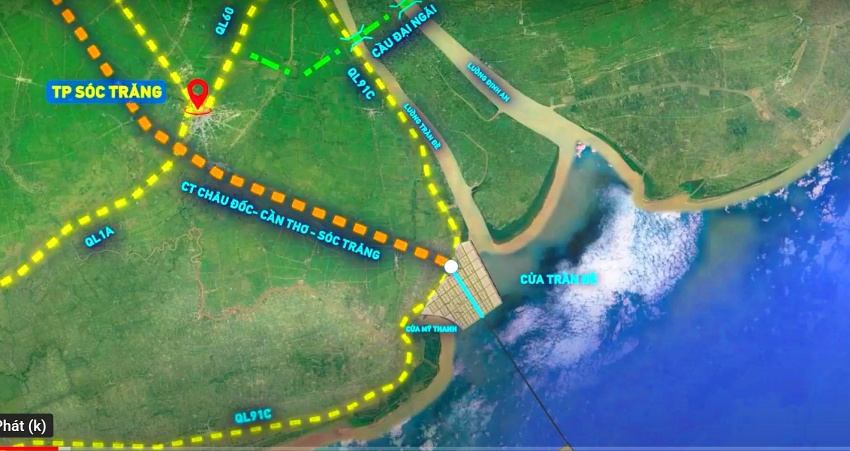
 Tag:
Tag:





















 Mobile Version
Mobile Version